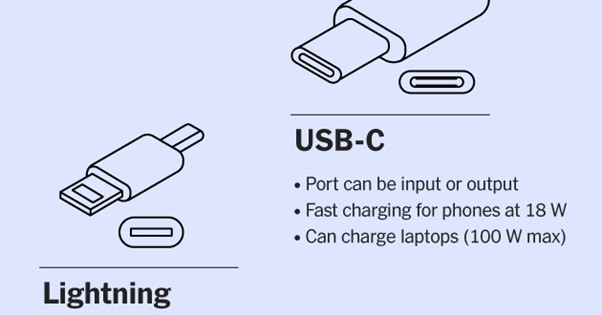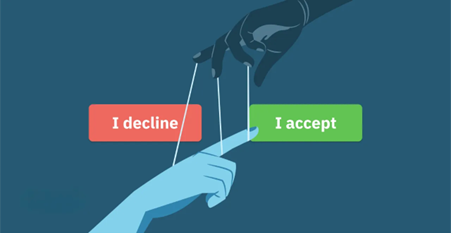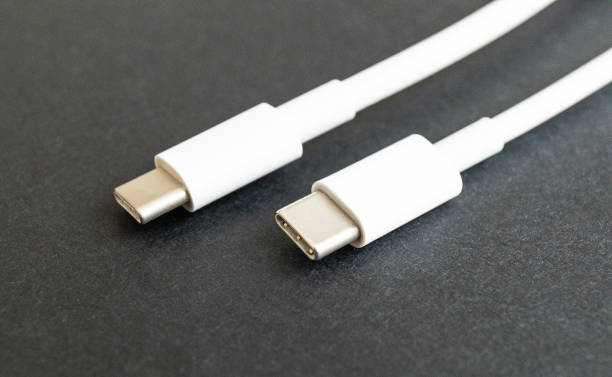Introduction:
Apple, the company known for iPhones and iPads, is doing something new. They used to have their special cables for charging. But now, they’re starting to use USB-C cables for charging. People are wondering why. In this article, we’ll talk about why Apple is making this change.
Traditionally, Apple users were accustomed to the Lightning cable, a proprietary connector developed by Apple. However, starting with the iPhone 15, Apple decided to make a notable change. The charging cable included in the box is now a USB-C to USB-C cable, which is different from the Lightning cable used in previous models.
What is USB-C?
USB-C is a type of cable that’s making life easier for everyone. It’s different from the cables Apple used to have. The cool thing about USB-C is that it’s not just for Apple. Lots of devices use it, which means you can share your cables with friends and family. USB-C is like the superhero of cables, and it’s here to make charging and connecting things simpler. Let’s dive deeper into what makes USB-C, especially the Type C data cable, so special.

Why the Change?
This decision raised some eyebrows among Apple enthusiasts, leading many to wonder why Apple made this switch. The answer lies in the industry’s evolving standards, Apple’s commitment to sustainability, and the desire to simplify your charging experience.
Additionally, it’s worth noting that the Indian government also played a role in this transition. They encouraged Apple to adopt the USB-C standard for charging cables, pointing out that Apple’s unique cable and adapter design was creating unnecessary electronic waste and inconvenience for consumers. This move aligns with India’s efforts to reduce electronic waste and promote more standardized charging solutions.
Recommended Reading: Cybersecurity Tips and Eye-Opening Facts
Why Did Apple Make the Change? There are a few good reasons:
- One Cable for Many Things: USB-C works with different devices, like laptops and other phones. So, if you have a USB-C cable, you can use it for lots of things.
- Charging is Faster: USB-C can charge your phone faster than Apple’s old cable. That means your phone gets power quicker.
- Moving Stuff is Easier: USB-C is better at sending things like photos and videos between your phone and computer. It’s faster, so you don’t have to wait as long.
- More Stuff to Use: Since USB-C is popular, you can find lots of things that work with it. Like chargers and extra batteries. This is good because it gives you more choices.
- Use Any Adapter: With USB-C, you don’t need a special Apple adapter. You can charge your phone with any power adapter that has a USB-C cable. That makes life simpler.
- Promoting Sustainability: another critical aspect of this transition is Apple’s commitment to environmental sustainability. By including only, the USB-C to USB-C cable in the iPhone 15 box (without the power adapter), Apple eliminates the need for a separate power adapter. This approach aligns with Apple’s broader goals of reducing electronic waste and carbon footprint. By reusing existing power adapters or investing in more energy-efficient ones, users can contribute to a greener and more sustainable future.
Apple is Changing Slowly
Apple is making this change bit by bit. Right now, some of their things use USB-C, like laptops and iPads. But iPhones still use the old cable. Maybe in the future, iPhones will use USB-C too. We’ll have to wait and see.
Conclusion
Apple is starting to use USB-C cables because they’re easier and faster. They work with many things, and that’s handy. While it might take time for all Apple devices to use USB-C, it’s a good chance for people who use Apple products. It makes things simpler and quicker. Now, you can charge your phone with almost any power adapter as long as you have a USB-C cable. That’s a useful upgrade!
Recommended Reading: Top 11 Copywriting Software Tools






